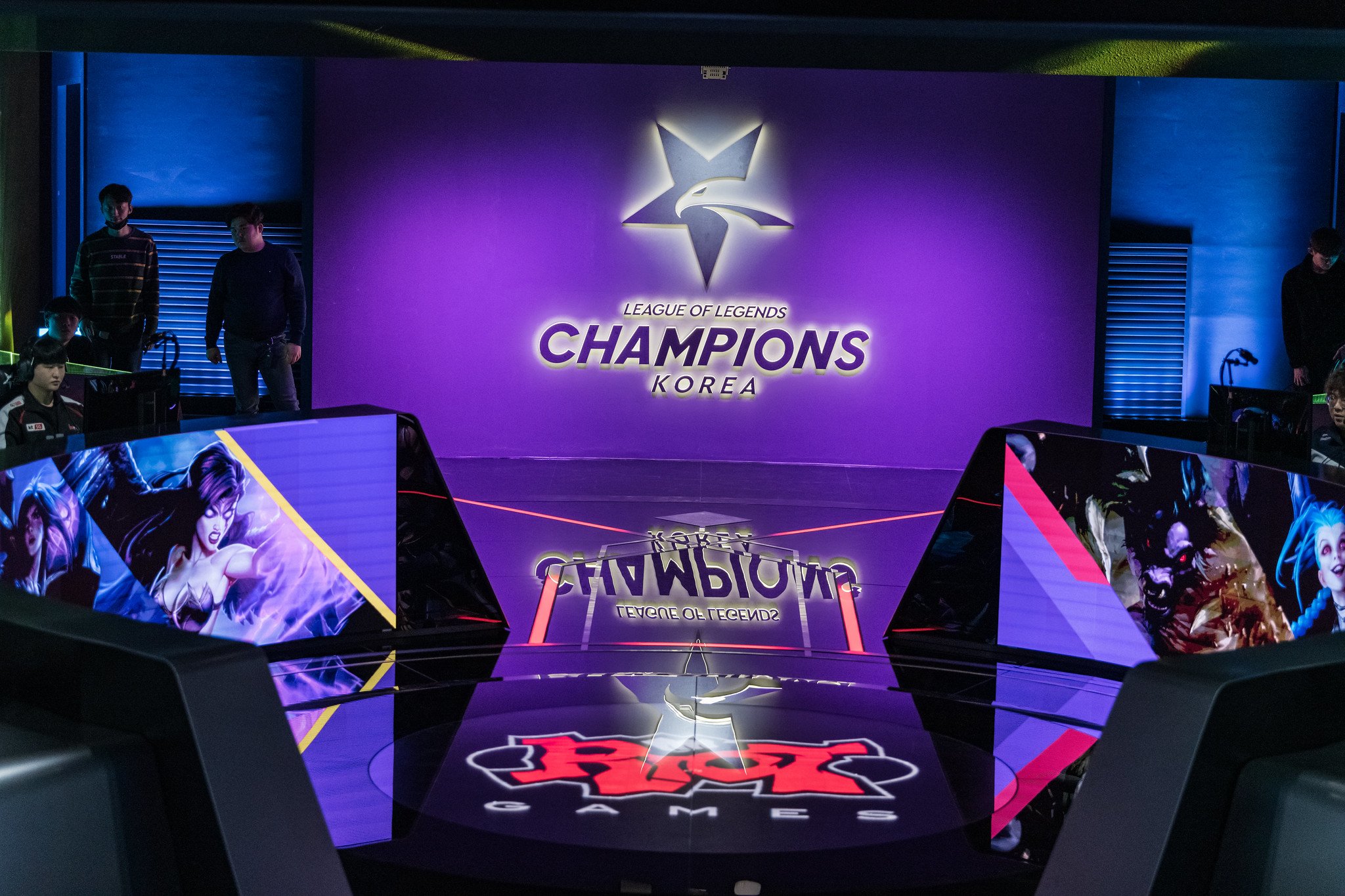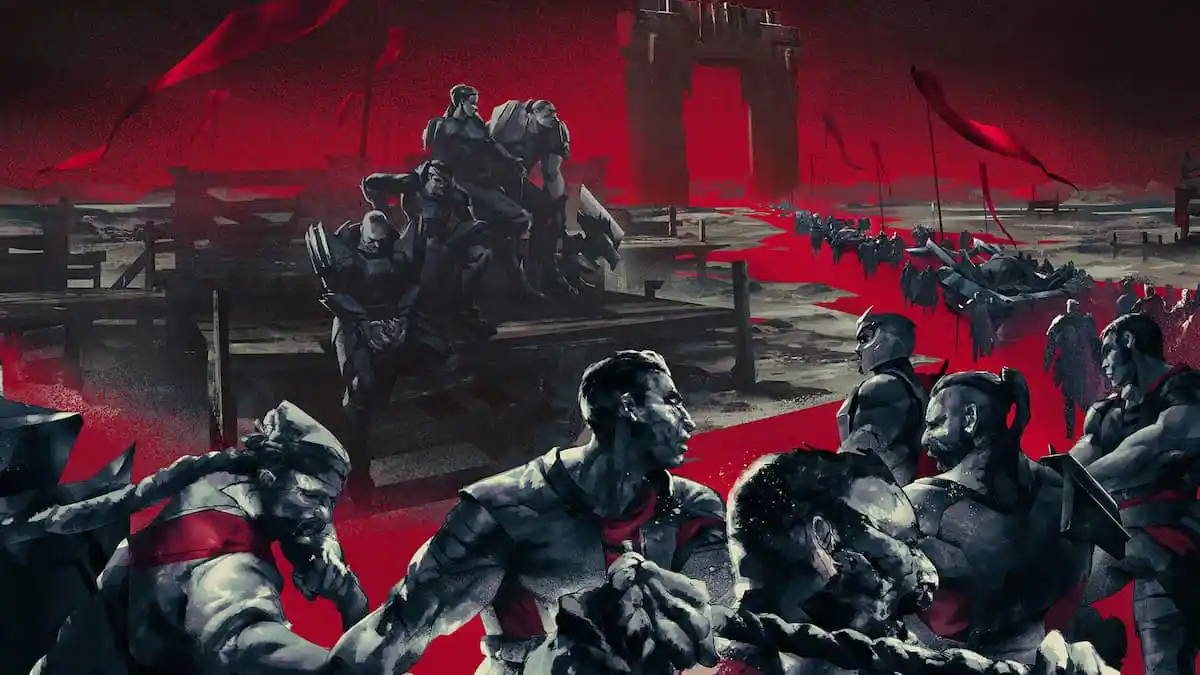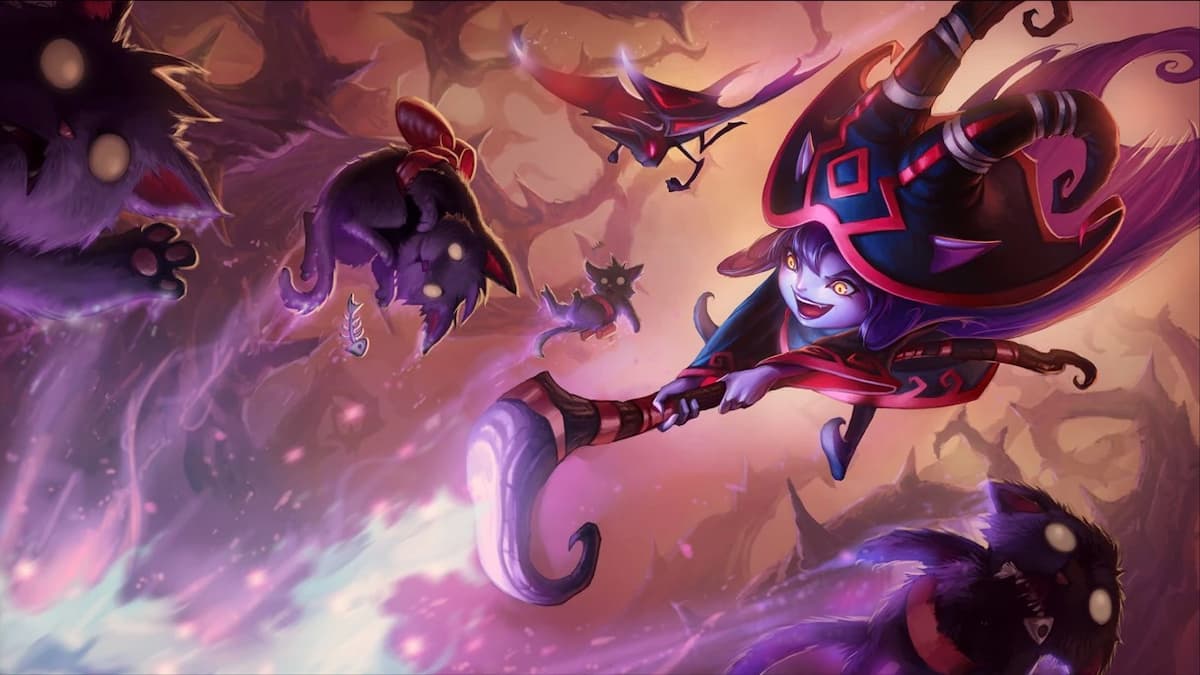On July 8, 2018, the final day of Rift Rivals 2018, the Korea League of Legends dynasty fell. Since season three, Korean teams had dominated, taking home title after title, unmatched by any other region. Teams from other regions, the LPL in particular, had won a couple MSI titles here and there, but when it really mattered, Korea always finished on top.
But last year’s Rift Rivals was different. Korea sent four of its best LCK teams and still lost in the final to the LPL, and that just kicked off a series of ignominious defeats. China won Worlds last year, and at this season’s MSI, Europe came out on top. Korea’s reputation as League’s greatest region has been left in tatters.
This year, Korea heads into Rift Rivals seeking to avenge its string of losses. But it won’t be easy, and they’ll need to summon something special to even make it close.
The best region

The funny thing is, before last year, the LPL struggled to achieve legitimacy as a top region despite those two MSI wins in 2015 and 2018. Analysts pointed to the skirmish-heavy playstyle of LPL teams and how they neglected side lane play to fight constantly as failures to understand how to play League correctly.
But that was only a bad strategy because, at the time, everyone else were trying to play like the Koreans. Steady lane macro and late game vision control used to yield advantageous objective fights were the hallmark of the Korean meta.
On its face, the meta shifted when Riot took away a linchpin of the Korean vision game with the removal of green smite. That certainly had an effect on how teams approach the lane phase and mid game.
But the truth is, the LPL style had been working all along—it just didn’t work consistently. For every triumph at MSI, there were multiple disappointing showings at Worlds and other tournaments. Early on, LPL teams actually didn’t know how to achieve farm leads and manipulate minion waves.
But over time, they figured those things out. Their failures turned from those of understanding to execution. The LPL style is inherently risky, as we learned from Invictus Gaming’s defeat to Team Liquid at MSI this year. That doesn’t mean it’s not effective, or fun to watch.
And it’s not just a couple teams at the top. The LPL is absolutely stacked this year. In addition to stalwarts like IG and RNG, teams like FunPlus Phoenix and Top Esports can legitimately vie for the title of best team in the region—and the world.
Below them lies another tier of teams like EDG, JDG, and BiliBili Gaming, who cannot be taken lightly. All told, the LPL is the deepest league in the world this year, and it’s not especially close. Again, the style of many of these teams makes upsets more likely, but it also makes their games more fun and exciting to watch.
Basically, if you haven’t followed the LPL even after IG’s Worlds win last year, it’s time to wake up. This is the best region in the world in every regard.
Wandering

It’s still possible that Korea is the second-best region behind China. G2 Esports—the best single team—alone can’t make the LEC that exciting, not until they get some real pushback from either Fnatic or Origen.
The unfortunate part for the LCK is that one of their strongest representatives, Sandbox, won’t be at Rift Rivals tomorrow. Instead, the LCK will send four teams with major question marks to Rift Rivals, which is not necessarily what you’d like from a region seeking redemption.
Griffin are the leader of the pack, and they match up well stylistically against the LPL squads. If they can prove their big-match jitters are in the past, they’re the best hope for Korea to pull this out.
Afreeca and Damwon can control the top side of the map like no other. It will be really interesting to see Kim “Kiin” Gi-in of Afreeca and Jang “Nuguri” Ha-gwon of Damwon face off against IG’s Kang “TheShy” Seung-lok, who hasn’t looked as impressive this year as he did at Worlds 2018. Both of these teams really need their solo laners to accelerate and hide potential weaknesses from their duo lanes.
Then there’s SKT, the Spring Split champions, but the team also carrying the biggest question mark into Rift Rivals. They looked lost at the start of the Summer Split. Two straight 2-0 victories against bottom-tier LCK teams last week are nothing to write home about. They have serious questions to answer about their ability to prioritize top lane and set up teamfights correctly. Of all the Korean teams, the pressure is highest on them to perform and show the world they can still win.
SKT have an easy warmup against the LMS’ Flash Wolves in the first match of the tournament, but then it’s time to put on their big boy pants against IG on day two. IG-SKT was the final many were hoping to see at MSI this year, but neither team made it to that stage. Both have an opportunity to prove with their play against each other that they deserved that opportunity.
Last week’s Rift Rivals event between North America and Europe was fun, but that’s all that it was. This week, the real matches start between teams that truly have regional pride on their shoulders. Asian teams have always treated tournaments like this more seriously, like their reputations depend on it.
And it’s clear after the results of 2018 that Korea has more at stake. Their league literally has “Champions” in the name, but they haven’t been champions for a while now. They’re now in the unfamiliar role of the underdogs, which means they have a lot more to prove.






Published: Jul 3, 2019 10:02 am